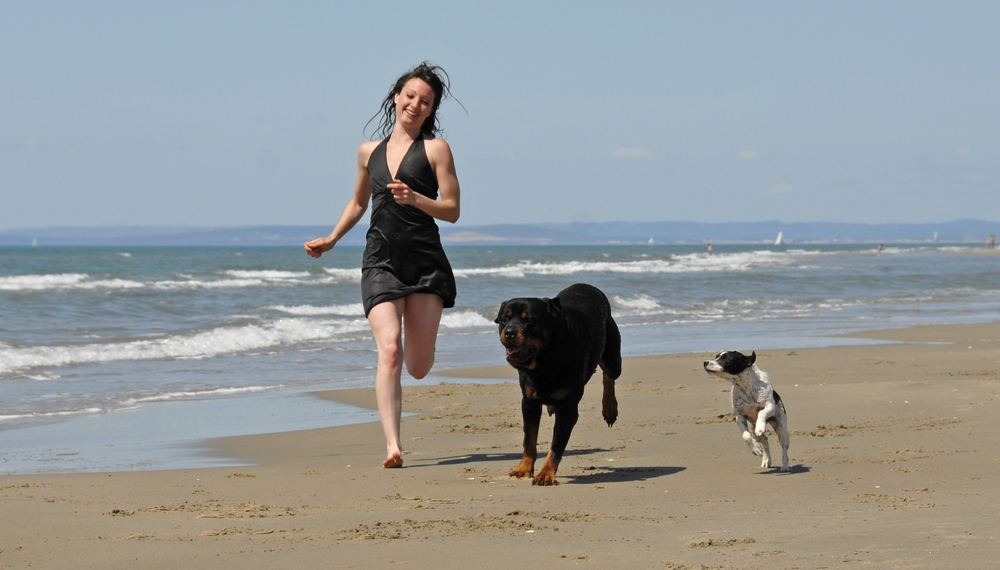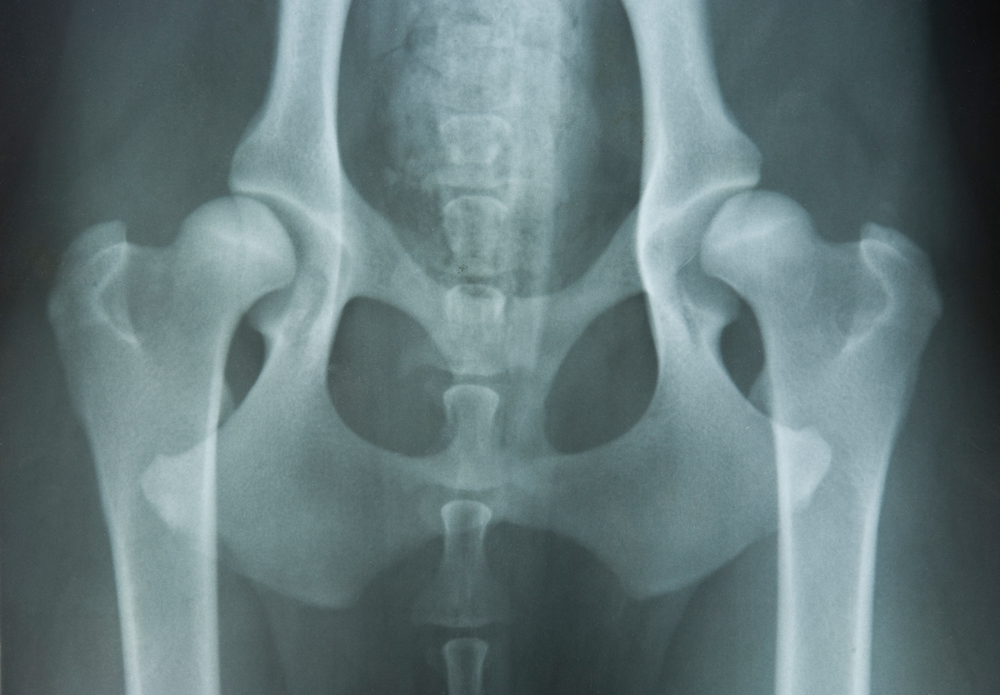
ip Dysplasia is an abnormal formation of the hip socket that can eventually cause crippling lameness and painful arthritis of the joints. Basically it is when the ball of the femur (thigh bone) does not fit into the socket of the pelvis bone properly.
It is a genetic trait but also affected by environmental factors such as exercise, diet and weight gain. There are certain breeds of dogs affected more than others and this includes German Shepherds, Labrador Retrievers, Rottweilers and Golden Retrievers.

Symptoms are similar to those seen with other causes of arthritis such as ‘bunny hopping’
In severe cases young puppies, only 5 months old, can show symptoms of lameness and discomfort during and after exercise however it is more common that dogs won’t show symptoms until middle age or later. Symptoms are similar to those seen with other causes of arthritis such as ‘bunny hopping’, resistance to full extension of the back legs and may show difficulty climbing stairs and jumping. Depending on the severity dogs may warm-up out of the stiffness as the day goes on.
Diagnosis is made by interpreting a history of signs of pain, clinical examination of pain and x-rays of the hips.
Often breeders will have xrays taken of their dog when they are still young to rule out signs of hip dysplasia before breeding.
Treatment is very variable depending of the severity of signs and discomfort. If you are worried about lameness in your dog it is best to see your vet.

